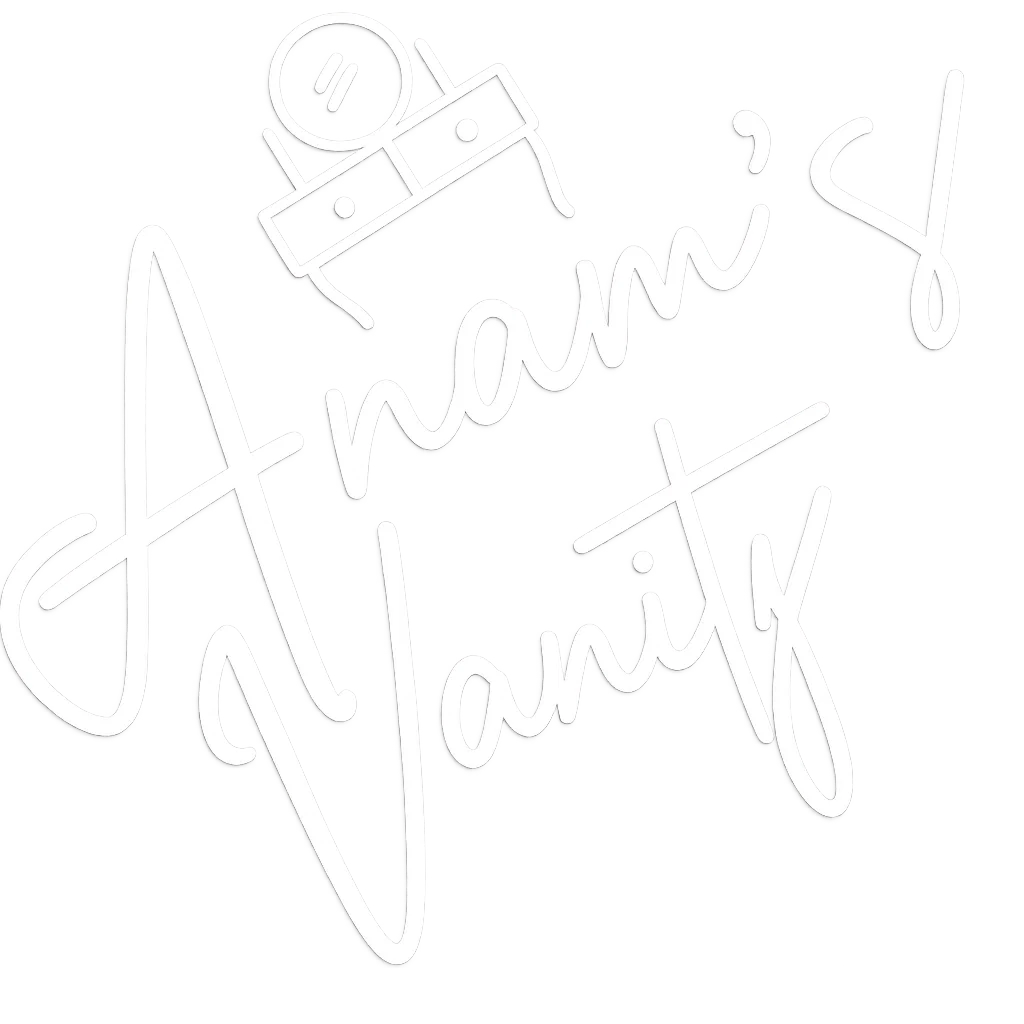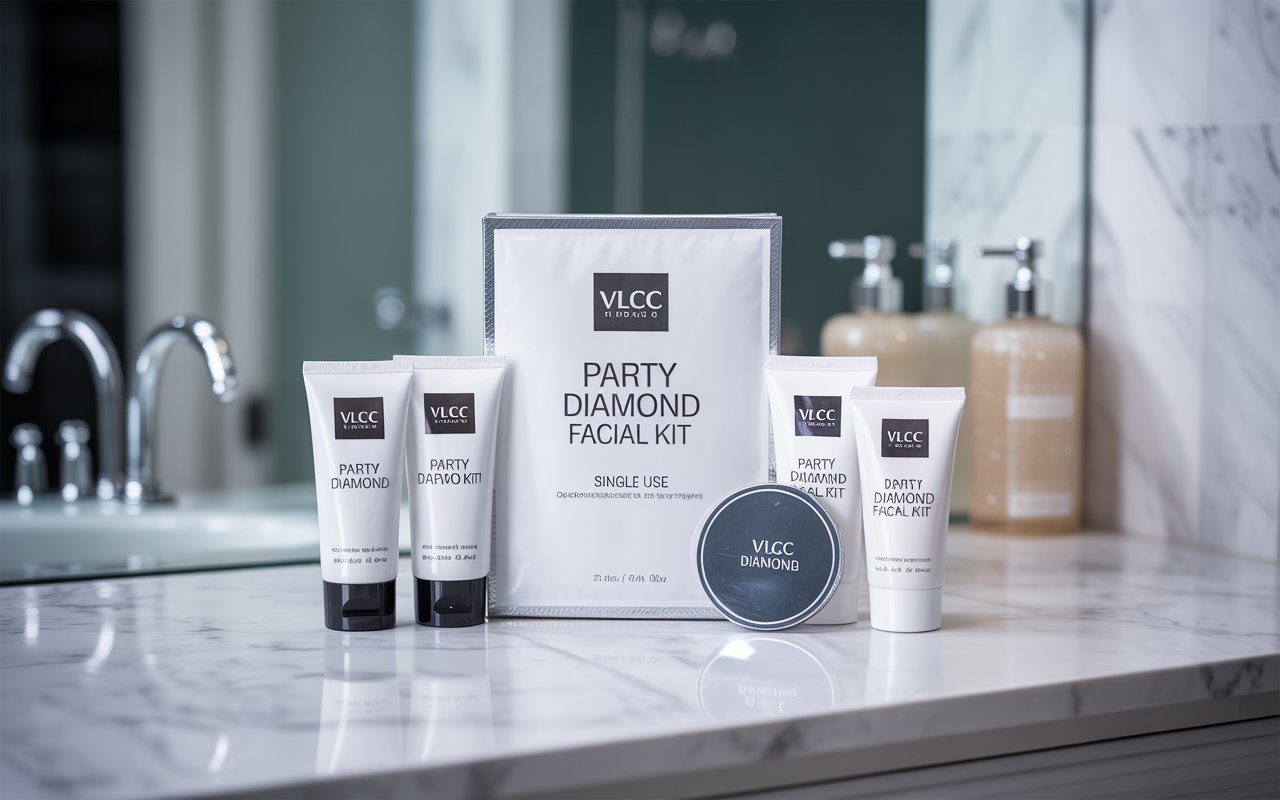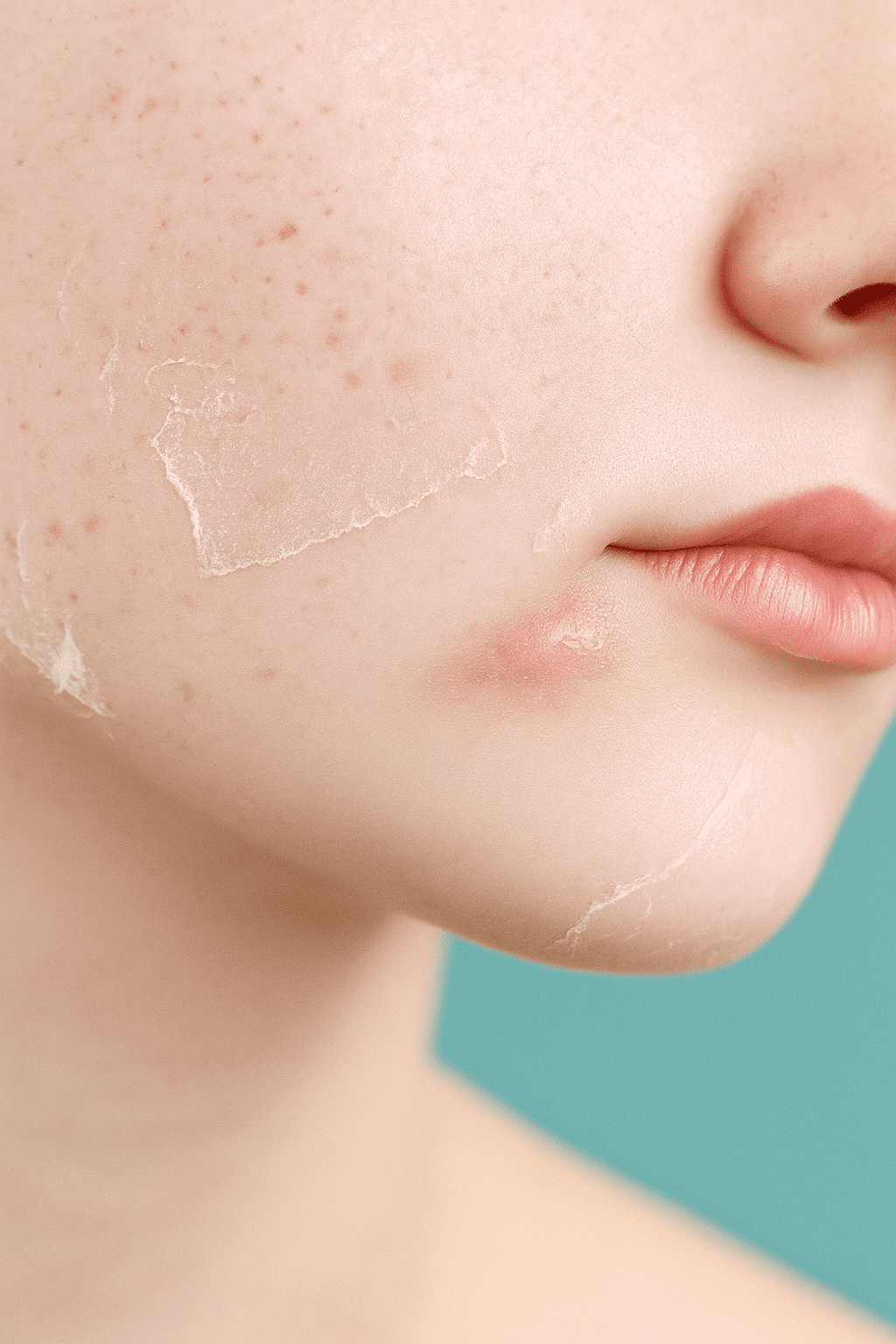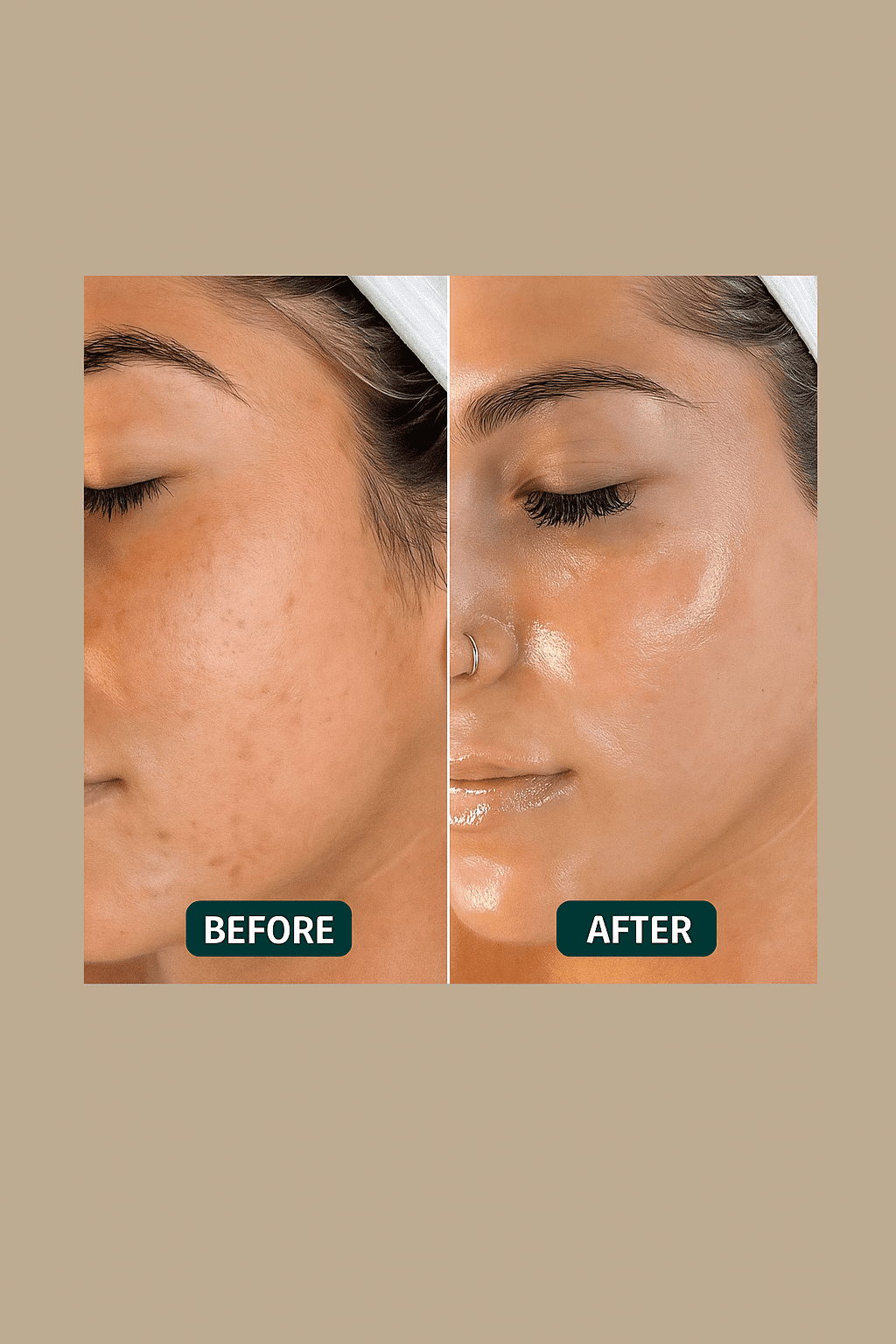Why Protein Treatments Matter for Healthy Hair
Your hair needs protein to stay strong and shiny. Without it, hair becomes weak, brittle, and prone to breakage. Protein treatments help repair damage and restore strength.
What Protein Does for Your Hair
Hair is mostly made of keratin, a strong protein. Keratin keeps hair flexible, strong, and smooth. But daily stress damages this protein.
Common Causes of Protein Loss
- Heat styling – Straighteners and dryers break protein bonds.
- Chemical treatments – Coloring, bleaching, and perms weaken hair.
- Sun and pollution – UV rays and dirt strip away natural proteins.
- Brushing and washing – Rough handling causes tiny cracks in hair strands.
When hair loses protein, the cuticle (outer layer) lifts. This makes hair dry, frizzy, and easy to break.
How Protein Treatments Help
Protein treatments repair damage by filling gaps in the hair shaft. They:
- Strengthen weak spots – Helps prevent split ends and breakage.
- Smooth the cuticle – Reduces frizz and adds shine.
- Protect from future damage – Forms a shield against heat and chemicals.
Signs Your Hair Needs Protein
- Hair feels mushy or stretchy when wet.
- Excessive shedding and breakage.
- Lack of elasticity (hair doesn’t bounce back).
- High porosity (absorbs water too quickly).
Choosing the Right Protein Treatment
Not all protein treatments work the same. Some are light and great for mild damage, while others are strong and help with severe breakage.
Best Ingredients to Look For
Hydrolyzed keratin – Goes deep into the hair to strengthen it.
Amino acids – Help rebuild your hair’s protein.
Collagen – Keeps hair soft and strong.
At Anam’s Vanity, we use only the best products in our protein treatments. Our top choice includes formulas rich in hydrolyzed keratin and amino acids to fix damaged strands and restore shine. These treatments are perfect for dry, brittle, or chemically treated hair.
How Often to Use It
A protein treatment once a month is enough for most hair types. Don’t use it too often—too much can make hair stiff. Always follow with a deep moisturizing mask.
Signs Your Hair Needs Protein Treatment – Key Indicators
Several clear signs show your hair lacks protein. Notice these warnings—your hair reveals exactly what it needs.
1. Excessive Hair Breakage
Breakage is the clearest sign of protein deficiency. You find short hair pieces everywhere. Your brush collects more strands than usual. Split ends appear often, even after trims. Weak hair snaps easily due to low keratin levels.
2. Limp, Lifeless Hair
Protein-starved hair loses volume. It lies flat against your scalp and lacks bounce. Styling products don’t hold well. Strands feel thin and fragile, showing poor hair structure.
3. High Porosity Hair
High-porosity hair absorbs moisture fast but loses it quicker. It stays dry despite deep conditioning. Hair color fades rapidly. Protein treatments help seal gaps in the cuticle for better moisture retention.
4. Dull, Lackluster Strands
Damaged cuticles can’t reflect light. Hair looks dull, not shiny. Even quality products fail to restore shine. This happens when protein loss weakens the hair’s outer layer.
5. Over-Moisturized Hair
Too much moisture causes mushy, stretchy hair when wet. Strands stretch but don’t spring back. This imbalance means your hair needs protein to regain strength and elasticity.
Final Thoughts
Protein treatments restore hair health. Watch for breakage, limpness, or dullness—your hair’s way of asking for help. Balance moisture and protein for strong, vibrant strands
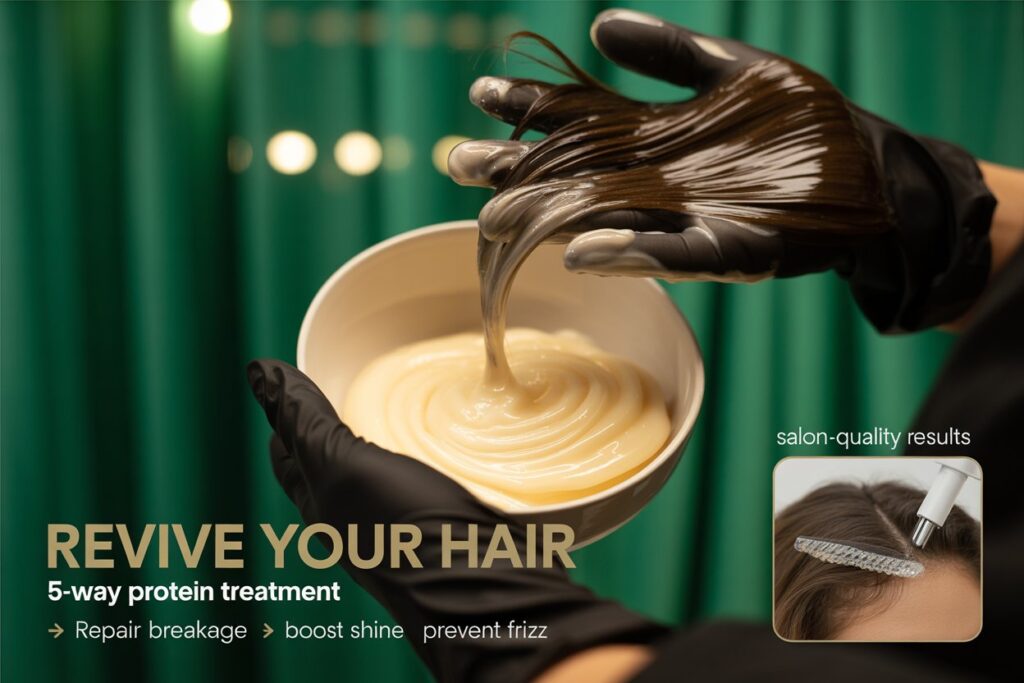
Salon Protein Treatments vs. At-Home Options: Which Is Better?
Why Salon Protein Treatments Work Better
Professional protein treatments give superior results than home alternatives. Salons use high-quality formulas not sold in stores. These treatments deeply nourish hair from root to tip. Experts check your hair type and damage level before applying.
Benefits of Salon Treatments
- Longer-lasting results: Salon treatments stay effective for weeks.
- Even application: Stylists ensure full coverage without patchiness.
- Customized strength: Professionals adjust formulas for your hair’s needs.
- Safe processing: Experts prevent overuse, reducing breakage risks.
At-Home Protein Treatments: Pros and Cons
At-home treatments are budget-friendly and convenient. But they have weaker ingredients than salon versions. Results may fade faster, and some formulas cause dryness if misused.
Limitations of DIY Treatments
- Mild formulas: Less concentrated, so effects are temporary.
- Uneven application: Hard to cover all hair evenly alone.
- No expert advice: Risk of overuse or wrong product choice.
Professional Aftercare Makes a Difference
Salons don’t just treat hair—they teach maintenance. Stylists suggest shampoos, conditioners, and routines for your hair type. This care keeps hair strong between visits.
Long-Term Hair Health Benefits
Regular salon treatments reduce breakage and split ends. Hair grows stronger, smoother, and shinier over time. While costly, professional care saves money by preventing damage.
Final Verdict: When to Choose Each Option
For severe damage, salon treatments work best. For minor upkeep, at-home options help. Listen to your hair if it feels weak or brittle; consult a stylist.
Protein treatments restore hair’s natural strength, whether done at home or in a salon. Pick the right option for your hair’s needs
Understanding Protein Treatments for Hair: Benefits & How They Work
What Are Protein Treatments?
Protein treatments are deep-conditioning hair therapies that repair damage. They restore lost proteins, like keratin, to strengthen weak or brittle hair. These treatments work by filling gaps in the hair shaft caused by heat, chemicals, or environmental stress.
Think of your hair as a brick wall—proteins act like the cement holding it together. When proteins break down, hair becomes fragile. Protein treatments act as fresh cement, rebuilding strength. This process is called protein reconstruction therapy.
Why Does Hair Need Protein?
Hair is mostly made of keratin, a natural protein. Daily styling, coloring, and pollution strip away this protein. Without enough protein, hair becomes:
- Dry and frizzy
- Prone to breakage
- Lacking elasticity
Protein treatments replenish lost nutrients, making hair smoother and stronger.
Types of Protein Treatments
- Keratin Treatments – Smooths frizz and adds shine.
- Hydrolyzed Protein Treatments – Penetrates deep for quick repair.
- At-Home Protein Masks – Easy fixes for mild damage.
- Salon-Strength Treatments – Best for severe damage.
Signs Your Hair Needs Protein
- Hair feels gummy when wet
- Excessive shedding or split ends
- Lack of bounce and elasticity
How Often Should You Use Protein Treatments?
Overuse can make hair stiff. Follow these tips:
- Fine/Damaged Hair: Every 4–6 weeks
- Normal Hair: Every 8 weeks
- Protein-Sensitive Hair: Use lightweight formulas
DIY vs. Salon Treatments
- DIY Treatments – Affordable but less potent.
- Salon Treatments – Stronger, longer-lasting results.
Types of Proteins Used in Hair Salons for Healthy, Shiny Hair
Hair salons use different protein treatments to repair and strengthen hair. These treatments help fix damage, add shine, and improve hair health. Below are the main types of proteins used in professional hair care.
1. Hydrolyzed Proteins for Deep Repair
Hydrolyzed proteins are the most common in hair treatments. These include:
- Keratin protein – Matches natural hair protein, reducing frizz and adding strength.
- Wheat protein – Boosts moisture and elasticity.
- Soy protein – Adds softness and improves hair texture.
The word “hydrolyzed” means the proteins are broken into tiny pieces. This helps them go deep into hair strands for better repair.
Why Choose Hydrolyzed Proteins?
- Repairs damaged hair from inside.
- Strengthens weak, brittle strands.
- Reduces breakage and split ends.
2. Amino Acid Complexes for Internal Repair
Amino acids are the building blocks of proteins. They work inside the hair to:
- Fix broken bonds.
- Strengthen hair structure.
- Prevent future damage.
Salons use amino acids in treatments because they penetrate deeply. They are great for chemically treated or heat-damaged hair.
Benefits of Amino Acids for Hair
- Restores lost proteins.
- Repairs damaged cuticles.
- Makes hair stronger and healthier.
3. Collagen & Silk Proteins for Shine & Softness
Unlike hydrolyzed proteins, collagen and silk proteins mostly stay on the hair’s surface.
- Collagen protein – Adds bounce and flexibility.
- Silk protein – Forms a smooth layer for extra shine.
These proteins are perfect for making hair look glossy and feel soft.
Why Use Collagen & Silk Proteins?
- Creates a protective layer.
- Adds instant shine.
- Makes hair smooth and manageable.
Conclusion: Which Protein is Best for Your Hair?
- Damaged hair? Try hydrolyzed proteins or amino acids.
- Dull, frizzy hair? Collagen and silk proteins work best.
At AnamsVanity, we use the best protein treatment in our salon in Faisalabad to help restore your hair without damage. If you’re searching for a parlor near me for the best protein treatment, we’ve got you covered. Our treatment is carefully selected to suit your hair type—making it look healthy, smooth, and shiny. Say goodbye to dull, weak strands and enjoy long-lasting results with products trusted by our experts.
Who Needs Protein Treatments?
Not everyone needs protein treatments. Your hair type and daily habits decide if they’re right for you. Here’s how to know if your hair needs extra protein.
1. Chemically Treated Hair
If you bleach, dye, perm, or relax your hair, protein treatments are a must. These processes weaken your hair’s natural keratin. Protein treatments help rebuild broken bonds. Many hairstylists suggest them after chemical services for stronger hair.
2. High-Porosity Hair
High-porosity hair has gaps in the cuticle layer. It soaks up moisture fast but dries out quicker. This leads to frizz, tangles, and breakage. Protein treatments patch these gaps, making hair smoother and stronger.
3. Heat Styling Damage
Daily heat tools like flat irons and blow dryers damage hair proteins. Over time, heat makes hair brittle and lifeless. A monthly protein treatment can repair heat damage and restore elasticity.
4. Excessive Hair Breakage
Does your hair snap easily or feel limp when wet? These are signs of protein deficiency. You may see broken strands around your hairline (mechanical damage). Protein treatments strengthen weak hair and reduce breakage.
Our salon offers the best protein treatment to make your hair strong, shiny, and smooth—without causing damage. We never apply products directly on your hair. First, our experts check your hair type. Then they choose the right protein treatment that suits your needs.
Protein treatments help fix damaged, frizzy, or color-treated hair. But using too much can make your hair feel hard or stiff. That’s why we balance it with a good moisturizing mask to keep your hair soft and healthy.
Book your appointment now and get salon-level care from trained professionals near you!
The Science Behind Protein Treatments for Healthy Hair
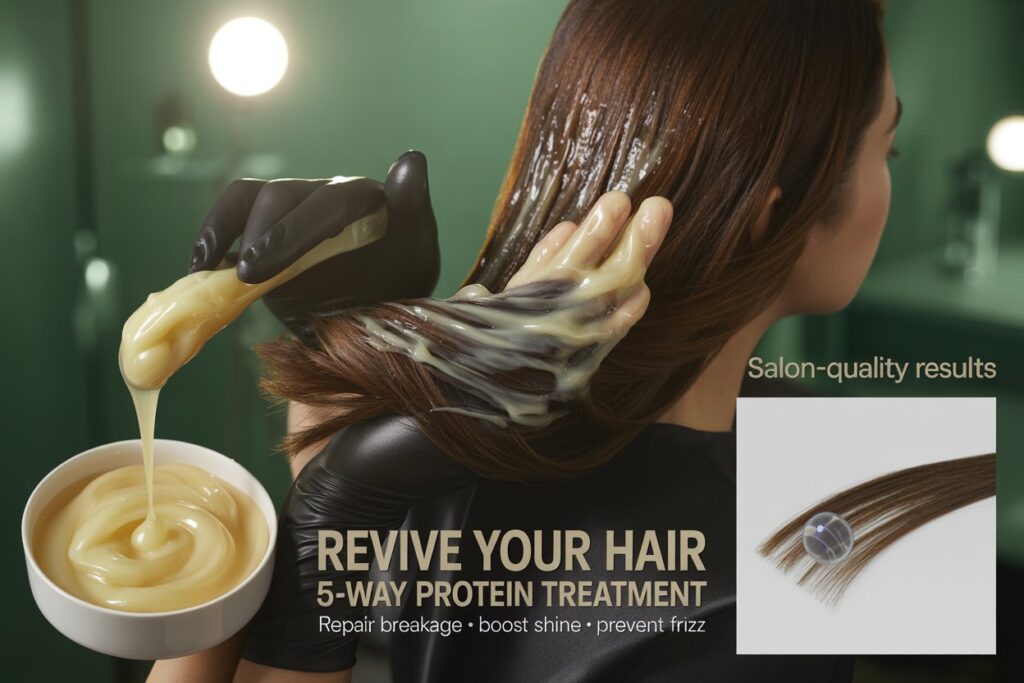
How Protein Treatments Work
Protein treatments repair hair by temporary binding protein. The proteins attach to damaged areas of your hair cuticle, filling gaps and weak spots. This creates a protective layer that strengthens hair strands.
These treatments don’t change your hair structure permanently. Instead, they provide temporary repair, improving elasticity and reducing breakage.
The Moisture-Protein Balance in Hair Care
Your hair needs both moisture and protein to stay healthy. A good balance prevents damage:
- Too much protein makes hair stiff and brittle.
- Too little protein causes weak, stretchy strands.
A professional stylist can assess your hair type and recommend the right protein-moisture balance.
Types of Hair That Benefit from Protein Treatments
- Chemically treated hair (colored, bleached, relaxed)
- Heat-damaged hair (from styling tools)
- High-porosity hair (absorbs moisture quickly but loses it fast)
The Salon Protein Treatment Process – Restore & Strengthen Your Hair
Step 1: Professional Hair Consultation
Your salon visit begins with a detailed hair analysis. An expert stylist checks your hair’s protein-moisture balance. They look for damage like split ends, breakage, and high porosity.
This assessment helps create a customized protein treatment plan. Your hair type, texture, and damage level decide the best approach. A personalized strategy ensures optimal repair and shine.
Step 2: Pre-Treatment Hair Cleansing
A clarifying shampoo removes dirt, oil, and product buildup. This step opens hair cuticles for better protein absorption.
Your stylist focuses on the scalp and hair strands. Clean hair allows deeper protein penetration, making the treatment more effective.
Step 3: Protein Treatment Application
A hydrolyzed protein formula is applied evenly. These proteins repair broken hair bonds and strengthen weak strands.
Stylists section hair for full coverage. Heat may be used to boost protein absorption. The treatment time depends on hair damage and product type.
Step 4: Neutralizing & Sealing the Cuticle
Some treatments need a neutralizer to stop chemical action. This balances pH levels and locks in protein benefits.
Sealing smoothens the cuticle, reducing frizz. It creates a protective layer for long-lasting results.
Step 5: Moisture Lock for Balanced Hair
Too much protein makes hair stiff. A hydrating mask restores moisture and elasticity.
Stylists ensure the perfect protein-moisture balance. This keeps hair strong yet soft and flexible.
Why Choose Salon Protein Treatments?
- Repairs damage from heat, chemicals, and pollution
- Reduces breakage and split ends
- Boosts shine and smoothness
- Customized for your hair needs
Final Results: Strong, Healthy & Vibrant Hair
A salon protein treatment revives weak, damaged hair. Follow your stylist’s aftercare tips for lasting effects
Post-Treatment Care for Protein-Treated Hair
Recommended Hair Care Products
After a salon protein treatment, your hair needs extra care. Use protein-infused leave-in conditioners daily. They strengthen strands and reduce breakage. Always apply heat protectant sprays before styling. These shield hair from heat damage and lock in moisture.
For deep hydration, try quality hair masks weekly. They boost moisture and prevent dryness. Wash hair with sulfate-free shampoos to avoid stripping natural oils. Professional-grade products work best to maintain treatment results.
Why Choose Salon Products?
- Long-lasting protection
- Better nourishment
- Preserves treatment benefits
Protein Treatment Frequency Guide
For Damaged Hair
Get a protein treatment every 4–6 weeks. This repairs weak, brittle hair. Overdoing it can cause stiffness—follow your stylist’s advice.
For Healthy Hair
Maintain strength with treatments every 8–12 weeks. Regular salon check-ups help adjust timing.
Avoid Over-Processing
Too much protein makes hair stiff and dry. A balanced moisture-protein routine keeps hair soft yet strong.
Why Choose Anams Vanity for Protein Treatments?
At Anams Vanity, we customize treatments for your hair type. Our expert stylists assess damage levels and create a personalized plan. We use high-quality products for strong, shiny, and healthy hair.
Benefits of Our Treatments:
- Restores hair strength
- Reduces breakage & frizz
- Enhances natural shine
Visit Anams Vanity for professional hair care that keeps your locks looking their best!
Benefits of Professional Protein Treatments for Healthy Hair
Damaged hair needs deep repair. Professional protein treatments transform weak, brittle strands into strong, shiny locks. These treatments penetrate the hair shaft, rebuilding broken bonds and restoring vitality.
Why Your Hair Needs Protein Treatments
Hair loses protein due to heat, chemicals, and pollution. Without enough protein, hair becomes thin and breaks easily. Protein treatments replenish lost nutrients, making hair thicker and healthier.
Instant Strength & Less Breakage
Protein treatments repair split ends and weak spots. They fill gaps in the hair structure, reducing snap-offs. After just one session, hair feels stronger and resists damage from styling tools.
Improves Hair Elasticity
Healthy hair stretches without breaking. Protein treatments restore flexibility, so hair bounces back instead of snapping. You’ll see fewer strands in your brush or shower drain.
Adds Shine & Smoothness
Damaged hair looks dull because rough cuticles scatter light. Protein treatments smooth the surface, creating a glossy finish. Hair feels soft and reflects light evenly.
Protects Hair Color Longer
Colored hair fades when cuticles are weak. Protein treatments seal the hair shaft, locking in color. Highlights, balayage, and dyes stay vibrant for weeks.
Who Should Get Protein Treatments?
- Bleached or chemically treated hair – Rebuilds broken bonds
- Heat-damaged hair – Repairs dryness from flat irons and blow dryers
- Fine or thinning hair – Adds thickness and volume
- Curly or frizzy hair – Tames flyaways and defines curls
How Often Should You Use Them?
- Moderately damaged hair – Every 4-6 weeks
- Severely damaged hair – Every 2-3 weeks (temporarily)
- Healthy hair (prevention) – Every 8-12 weeks
DIY vs. Salon Protein Treatments
Salon treatments use higher-quality proteins like keratin and hydrolyzed silk. They penetrate deeper and last longer than store-bought masks. For best results, visit a professional stylist.
What is a protein treatment?
A protein treatment helps repair weak, damaged hair by adding strength. It fills gaps in the hair shaft and reduces breakage.
Who needs protein treatment?
People with dry, damaged, bleached, or chemically treated hair need protein treatments to restore strength and shine.
Is protein treatment good for you?
Yes, when used correctly, it makes hair strong and healthy. But too much protein can make hair stiff or dry.
How to do protein treatment at home?
You can use store-bought masks or DIY treatments with eggs, yogurt, or aloe vera. Apply, leave for 15–30 mins, then rinse.
What is the best homemade protein?
Egg and yogurt masks are popular and effective. They provide natural protein to boost hair strength and softness.
Is rice water a protein treatment?
No, rice water has amino acids but is not a full protein treatment. It’s more of a rinse that helps with shine and growth.
Is protein treatment side effects?
Yes, if overused, it can make hair dry, brittle, or stiff. Always balance with moisture treatments.
Which shampoo has protein?
Look for shampoos with keratin, hydrolyzed wheat protein, or silk protein. These help strengthen weak hair.
Is protein treatment expensive?
Salon protein treatments can be costly. But affordable home options like egg or yogurt masks also work well.
